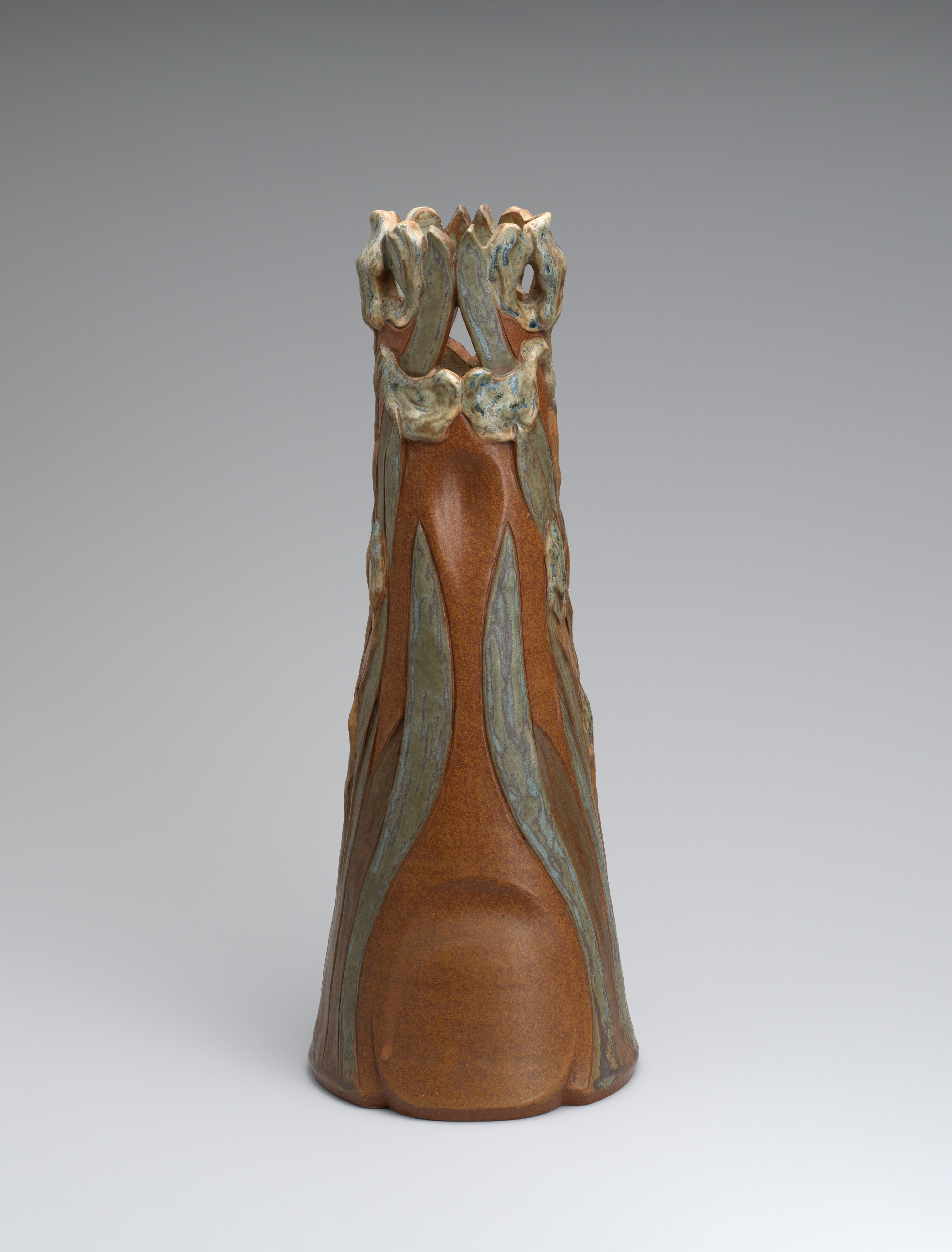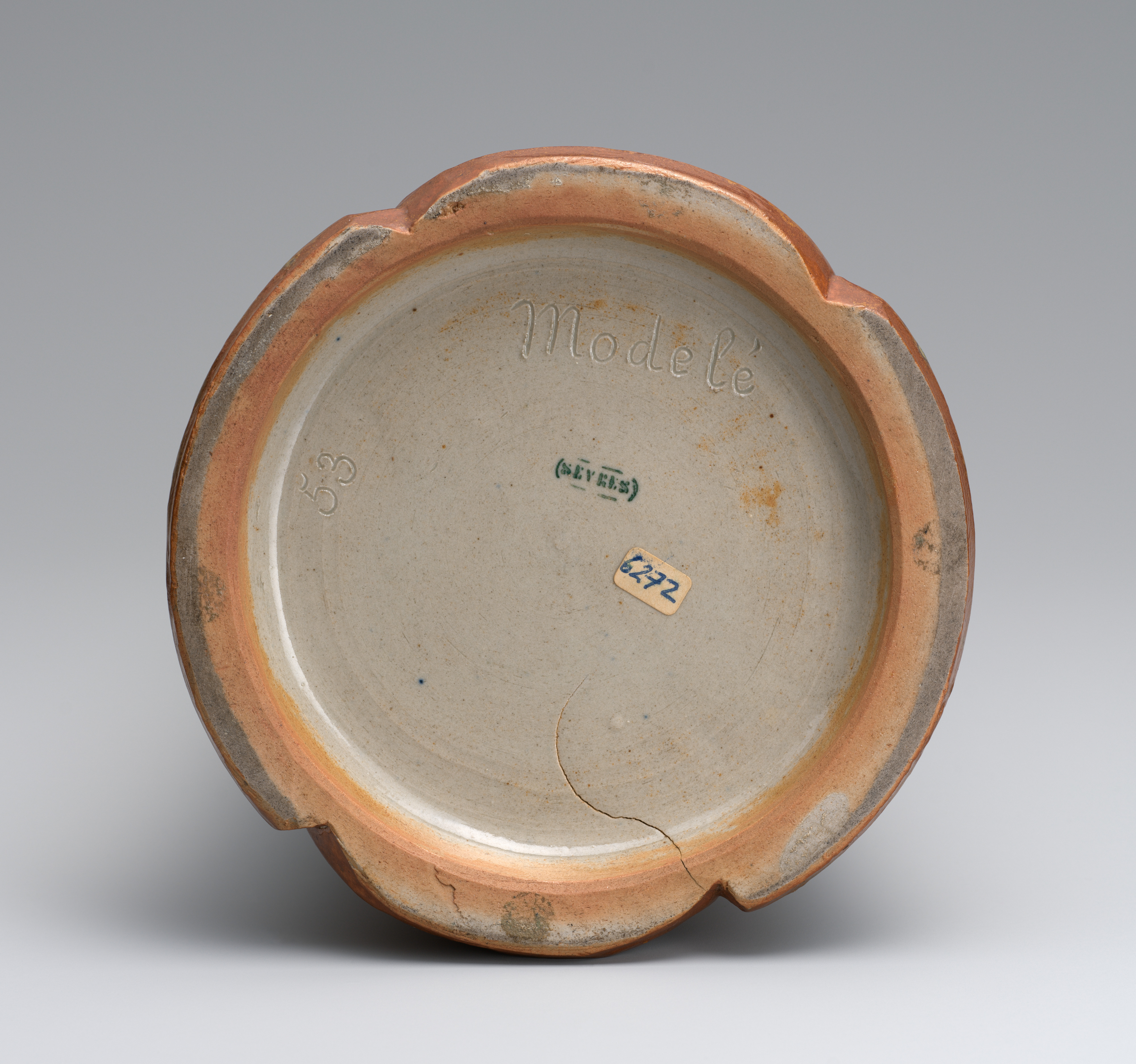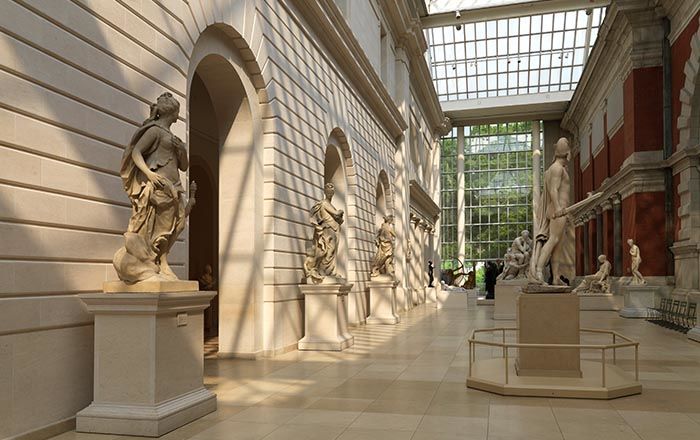Vase with iris
Designer Lucien Jules Clément d'Eaubonne French
Manufactory Sèvres Manufactory French
Art Nouveau ceramics, produced from around 1880 to 1914, the start of World War I, encompassed a variety of different styles and influences, including national historicism, nature, symbolism, and an interest in Japanese culture. The period’s diverse practitioners were driven by the search for new forms that responded to the sweeping social, cultural, economic and artistic changes wrought by industrialization at the end of the nineteenth century and the advent of World War I. Trained as a sculptor and painter, d’Eaubonne worked at the Sèvres manufactory in the first decades of the twentieth century. This dynamically modeled vase with an Iris is unlike his typical work at the porcelain manufactory, where he specialized in highly controlled, classically inspired frieze-like decorations.
This image cannot be enlarged, viewed at full screen, or downloaded.
This artwork is meant to be viewed from right to left. Scroll left to view more.




